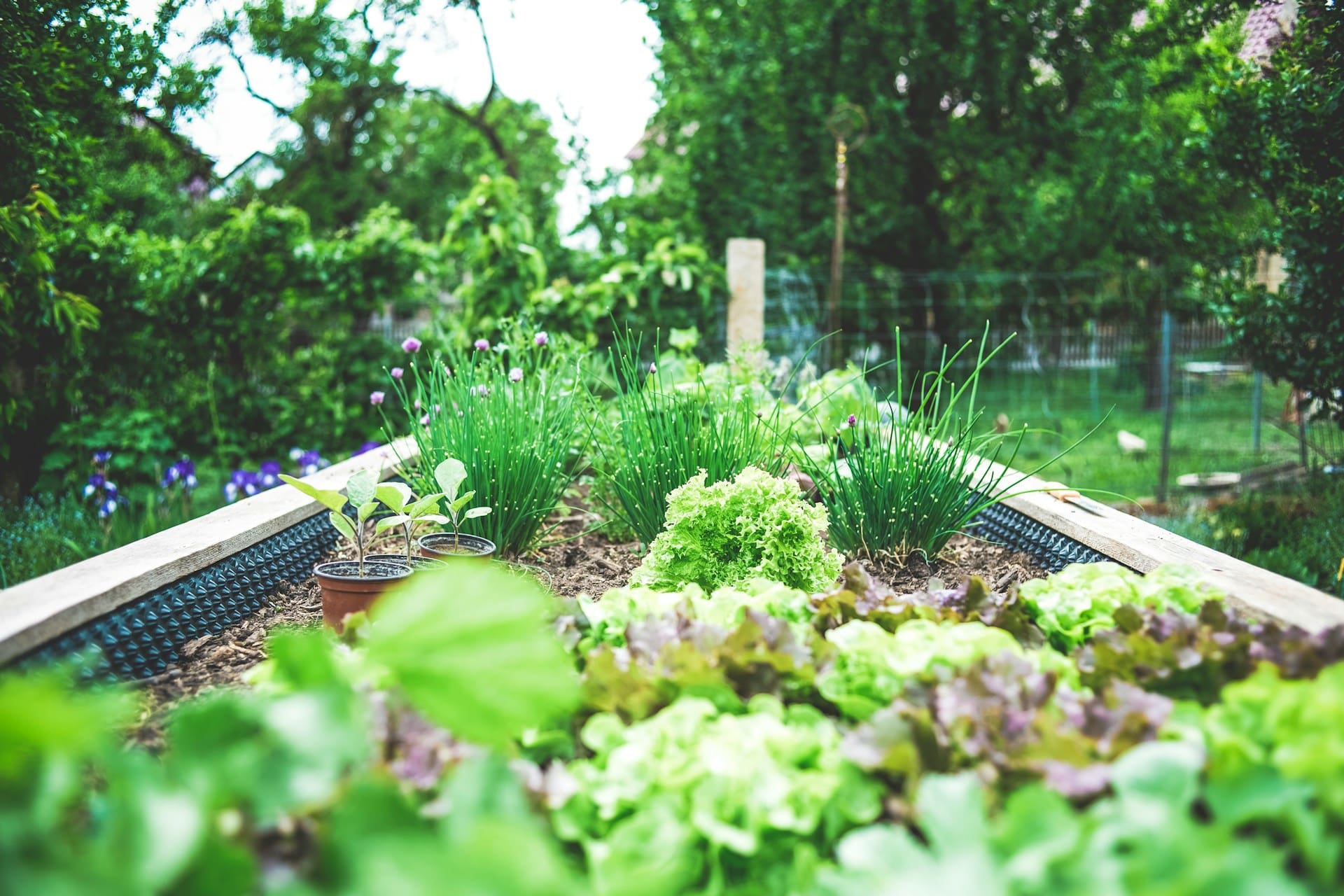What’s the Role of Biodiversity in Supporting UK’s Urban Ecosystems?

The interplay between biodiversity and urban ecosystems carries profound implications for the sustainability of our cities. With the rapid urbanisation of the UK, it’s more critical than ever to comprehend the role of biodiversity in supporting these intricate ecosystems. This article delves into how this web of life sustains the urban fabric, and how modern tools, including search engines such as Google Scholar, databases like Crossref, WorldCat, and PubMed, and digital libraries like ADS, can aid our understanding.
How Urbanisation Affects Biodiversity
Urbanisation is a global phenomenon that impacts all life forms on earth. A deeper understanding of urban biodiversity is particularly valuable in densely populated areas of the UK, where cities and their ecosystems have to coexist harmoniously.
A découvrir également : How Can the UK Enhance Cybersecurity in Public Sector IT Systems?
Urban areas are often regarded as ecological deserts, devoid of life apart from humans and our domesticated species. However, this is far from the truth. Cities can harbour a surprising amount of biodiversity, from common urban species like pigeons and foxes to rarer finds like peregrine falcons and stag beetles.
Urbanisation, however, can undoubtedly lead to a decrease in biodiversity. The transformation of natural ecosystems into built-up areas often results in habitat loss, fragmentation, and degradation. Additionally, urban environments can be challenging for many species due to pollution, noise, artificial light, and the introduction of non-native species.
A lire en complément : How to Build Community Resilience to Climate Change in UK Coastal Areas?
The Importance of Urban Biodiversity
In spite of these challenges, urban biodiversity plays a vital role in supporting city ecosystems. In the UK and beyond, urban biodiversity helps to maintain and improve the quality of city life.
Firstly, biodiversity contributes to ecosystem services, the benefits that humans obtain from ecosystems. These include provisioning services such as food and water; regulating services like climate regulation and pest control; supporting services such as nutrient cycling and soil formation; and cultural services such as recreational and spiritual benefits.
Secondly, urban biodiversity helps to create resilient ecosystems. Diverse ecosystems are generally more robust and can withstand and recover from various disturbances, including extreme weather events and diseases.
Finally, urban biodiversity has the potential to connect city dwellers with nature, thereby fostering an appreciation and understanding of the natural world. This can lead to more sustainable behaviours and decisions, contributing to conservation efforts at the local and global levels.
Utilising Modern Tools to Study Urban Biodiversity
We are in an era of unprecedented access to information, with digital tools offering new ways to explore and understand urban biodiversity. For instance, Google Scholar, Crossref, WorldCat, PubMed, and ADS are valuable resources for accessing scientific literature on the subject. They allow researchers to quickly locate and review research papers, articles, reports, and more, helping to inform conservation strategies and policy decisions.
Besides, citizen science initiatives are increasingly making use of digital platforms to involve the public in biodiversity monitoring. These platforms can provide valuable data on local biodiversity, contributing to a better understanding of urban ecosystems and how they change over time.
Incorporating Biodiversity in Urban Planning and Design
The importance of biodiversity in supporting urban ecosystems underscores the need to incorporate it into urban planning and design. By creating spaces that integrate green infrastructure and prioritise native species, cities can become more habitable for a wider range of species.
This can be achieved in various ways. For instance, creating and enhancing green spaces, such as parks, gardens, and green roofs, can provide vital habitats for urban wildlife. At the same time, these spaces offer numerous benefits for human residents, including opportunities for recreation, improved air quality, and increased property values.
Additionally, urban design can take into account the needs of specific species. For example, designing buildings with features that deter bird collisions, creating wildlife corridors to connect fragmented habitats, and preserving old trees that serve as habitats for a range of organisms.
The challenge lies in striking a balance between urban development and biodiversity conservation. By acknowledging and valuing the role of biodiversity in supporting our urban ecosystems, we can work towards creating cities that are not only resilient and sustainable but also rich in life.
Future Perspectives on Urban Biodiversity
As urban areas continue to expand and evolve, the importance of biodiversity in sustaining our cities will only grow. By investing in green infrastructure, engaging in citizen science, and making use of modern research tools, we can help ensure the survival of our urban ecosystems.
Looking forward, it is crucial that urban planners, policymakers, and residents alike understand the value of biodiversity and take action to protect it. In the face of urbanisation and climate change, the resilience of our cities hinges on their biodiversity.
By examining and appreciating the biodiversity in our own backyards, we can begin to recognise the intricate web of life that underpins our cities, and the role we all play in its conservation. In this way, the pursuit of urban biodiversity can become an integral part of our shared vision for a sustainable future.
The Interplay of Urban Green Spaces and Biodiversity
Urban green spaces hold the key to nurturing biodiversity in the heart of our cities. Parks, gardens, and even rooftops can become vibrant habitats for a variety of species, while also offering numerous benefits for human residents.
Urban green spaces serve as the lungs of the city, improving air quality and providing a refreshing contrast to the concrete and brick of urban landscapes. In the UK, these spaces are frequented by diverse species – from the common squirrels and pigeons to the more elusive badgers and hedgehogs. However, the proliferation of these spaces requires dedicated efforts towards biodiversity conservation.
One way of manifesting this is through the thoughtful design of green spaces. For instance, planners could design buildings and structures that deter bird collisions, thereby reducing unnecessary wildlife fatalities. More so, the creation of wildlife corridors can help link fragmented habitats, allowing for the free movement and flourishing of different species.
Existing spaces, too, can be enhanced to support biodiversity. Old trees, for instance, can be preserved as they serve as habitats for a myriad of organisms. Community gardens can be planted with native species, attracting pollinators and other wildlife.
Moreover, digital platforms have made it easier for the general public to participate in the conservation of urban biodiversity. Through citizen science initiatives, ordinary individuals can contribute to biodiversity monitoring and data collection. Academic resources such as Google Scholar, Crossref, WorldCat, PubMed, and ADS also offer a wealth of information, promoting an understanding of the subject among policymakers, planners, and the public.
Concluding Thoughts: Sustaining Urban Ecosystems through Biodiversity
As we look to the future, the preservation of urban biodiversity becomes both a challenge and a necessity. With the ongoing trend of urbanisation and the looming threat of climate change, the survival of our urban ecosystems is increasingly dependent on the diversity of life they support.
Recognising the value of biodiversity is the first step towards conservation. Urban biodiversity offers a range of ecosystem services, from provisioning and regulating services to supporting and cultural services. These are essential for the health and wellbeing of city residents.
In moving forward, the incorporation of biodiversity in urban planning and design must be prioritised. By creating more green spaces and improving existing ones, we can provide habitats for local wildlife, even amidst the concrete jungle of urban areas.
Building resilient cities requires a concerted effort from all sectors of society. Urban planners and policymakers must draft and implement policies that support biodiversity conservation. Citizens, too, can contribute through sustainable behaviours and active participation in conservation initiatives.
In this way, the intricate web of life in our cities – our urban biodiversity – can be preserved and nurtured. With every bird’s song, with every tree in our parks, we are reminded of the importance of biodiversity in our daily urban lives. In turn, we can see our cities not as ecological deserts but as thriving ecosystems, rich in life and potential for sustainability.
